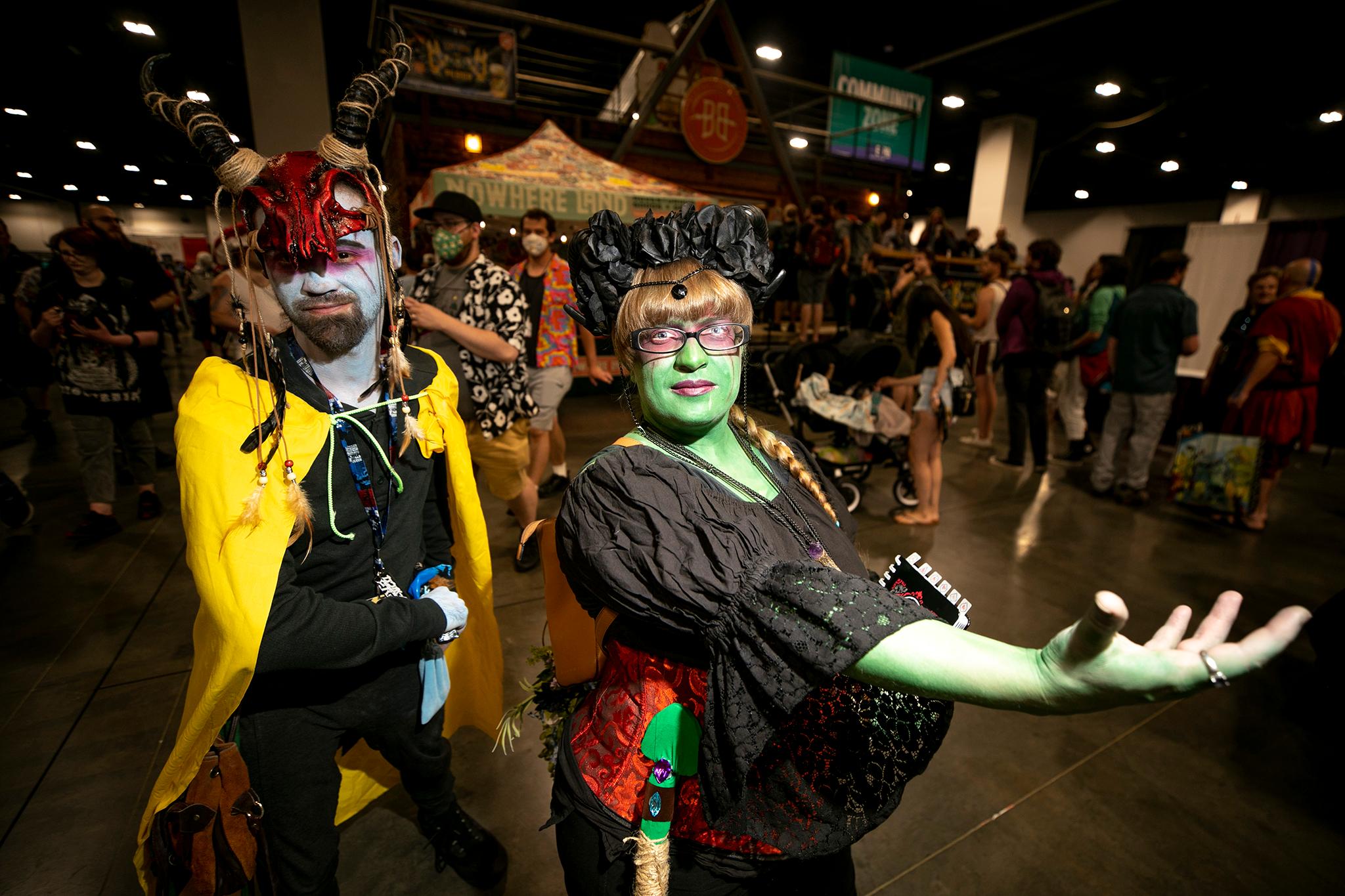Hundreds of cosplayers of all shapes and sizes headed downtown this weekend for the annual Fan Expo Denver, filling the streets and convention center halls with their own interpretations of pop culture characters.
Sure, the cosplayers are the main attraction to these types of comic cons, but they would be non-existent without the artists and writers responsible for creating the comic books, anime, manga or video games that brought these characters to life.

If you're a budding comic creator or want to teach these creative skills to your kids or students, here are 10 tips to follow, as told by Matt Slayter, director of education for the Denver nonprofit Pop Culture Classroom that regularly offers educational programs during the fan expo.
Tip #1: PCC curriculum
This shameless plug from Slayter actually has useful online videos and curriculum that align with Common Core standards expected of students at different grade levels.
Tip #2: Have examples of comics on hand.
Having a reference allows you to talk about things like page layout, flow of the comics, art style, even the synthesis of text and images together. Providing simple art styles can show kids they don't have to be great artists to be effective. For younger students, examples could include three-panel comics that have a beginning, middle and end.
Tip #3: Pick a good subject matter.
If you're a teacher, this can look like cross-curricular learning, based on student interest, socio-emotional learning, fiction or nonfiction.
Tip #4: Outlines and brainstorming
Writing the script should not be the first steps, instead think about world building, plot summaries and designing character biographies, weaknesses and strengths.
Tip #5: One action per panel.
Don't try to cram all the action in one box.
Tip #6: Think about word counts and dialogue.
Best practice is 100 words per page.
Tip #7: Wally Wood's 22 panels that always work.
This famous artist perfected many storytelling tools like perspective, head shot and closeups.
Tip #8: Reference images.
Reference a photo of a real-life person if you need help sketching a body position or check out historical photos to know the clothing, furniture or other material used if your comic is set during a specific time period.
Tip #9: Layouts.
Layouts are so important to making sure that your comics are readable. Remember, top to bottom, left to right.
Tip # 10: Less is more.
Start off with four pages or less and six to seven panels per page.
If you're thinking of going into the world of professional comic creation, here are some tips from those in the industry.
Denver-based artist Chad Coon is currently crowdfunding to bring to life the second issue of Jooni Fringe, a story about a bounty hunter and her manager-mother.

Coon has this tip for creators: "Devote at least two minutes a day to doing it because you can always do two minutes and usually you end up doing more."
As a child, Coon spent his time drawing and getting lost in stories like Star Wars and Star Trek, which provided a refuge from the small town where he grew up in Iowa.

Arvada author Carolyn Kay collaborates with her artist husband to create science fiction, fantasy and steampunk-themed stories.
"My husband and I really like steampunk," Kay said. "We like the idea of the punk part of it: The fighting against the establishment and the fight of the little person."
Kay incorporates what she sees in her stories and recommended that for others to try. "I just like to really observe the people around me and the situations and use that for inspiration."








